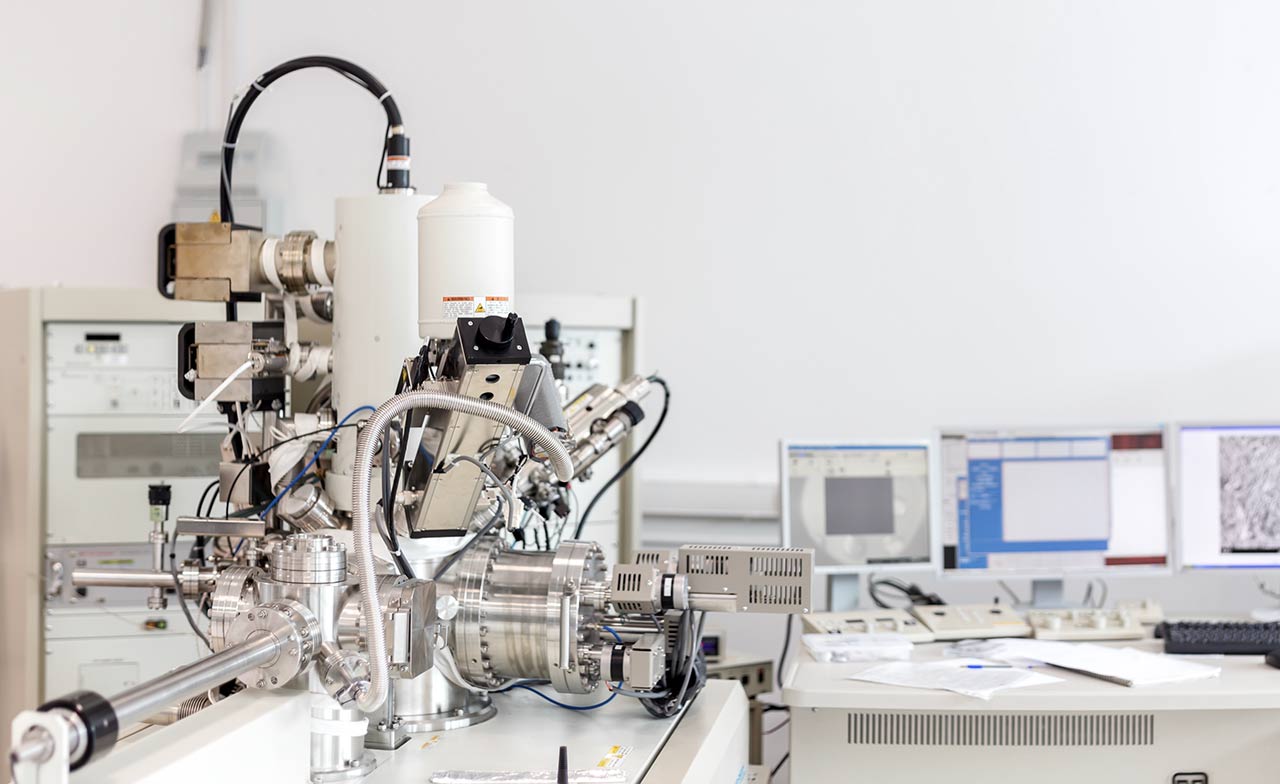How does agricultural biotechnology out way the use of convectional agriculture?
Question
How does agricultural biotechnology out way the use of convectional agriculture?
Answer
Agricultural biotechnology is the use of scientific methods and technologies to modify crops and life-stock to increase quality and productivity by using genetic engineering, molecular markers and diagnostics, vaccines and cell culture.
The application of agricultural biotechnology enables a rapid improvement of crops by introducing traits which are normally absent. These increase their yield, disease-resistance and nutritional value and eliminate the use of conventional chemicals and additives which might be unavailable, expensive and could be potential hazards for consumers and growers. Conventional agriculture relies on the selection of crops and life-stock based on visible, measureable traits. However, molecular screening allows selection of plants or animals based on their beneficial genetic composition which might not be visible. Therefore, breeding is more efficient and selection faster. Biotechnology-derived vaccines, required for disease prevention in life-stock, are generally cheaper, might be better than conventional vaccines and, usually are stable at room temperature which is an important aspect for farmers in developing countries. Cell culture enables whole crops to be reproduced from disease-free or disease-resistant parts of the plant that would be impossible using conventional agriculture. Although agricultural biotechnology provides all these techniques to promote crop and life-stock quality, there are concerns regarding the use of crops and life-stock that have been altered unnaturally. Therefore, national biosafety systems are being implemented to ensure the safety of, and increase the public trust in agricultural biotechnology products.
Agricultural biotechnology enables the production of crops and life-stock with the most beneficial traits using limited resources. This would not only be of financial and health benefits to growers and consumers, but is the answer to feeding the growing world population as food availability decreases and loss of agricultural lands increases.
References
Barfoot P, Brookes G (2014) Key global environmental impacts of genetically modified (gm) crop use 1996 − 2012. GM Crops Food 5, 149 − 160.
Bonny S (2011) Herbicide-tolerant transgenic soybean over 15 years of cultivation: pesticide use, weed resistance, and some economic issues. The case of the USA. Sustainability 3, 1302 − 1322.
Brookes G, Barfoot P (2014) Economic impact of GM crops: the global income and production effects 1996 − 2012. GM Crops Food 5, 65−75.
Fitzgerald-Hayes M & Reichsman F (2010) Chapter 15: Agricultural Biotechnology. In: DNA and Biotechnology, 3rd ed. Elsevier.
